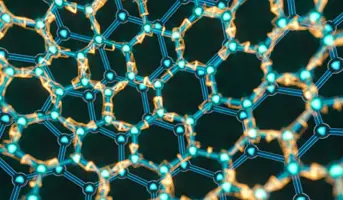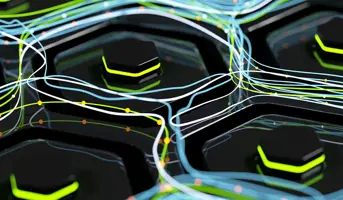Technical Ceramics

Automotive
Technical Ceramics provides precision-engineered materials, components and assemblies for a wide range of automotive applications from car production to specialist vehicle build.
Get a quoteAutomotive Products
Vehicle builders and automotive component manufacturers are increasingly using ceramic, as an alternative to metal, for its mechanical strength and thermal and electrical properties. We work with automotive customers, developing and manufacturing reliable, durable and cost-effective components for today’s demanding high-tech vehicle applications.
We produce kiln rollers for hot stamping and press hardening of automotive parts. Our components are capable of withstanding extreme heat, enabling them to shape durable lightweight components that reduce overall vehicle weight, increase fuel efficiency and help manufacturers meet increasingly tougher emission standards.
Our kiln furniture is used for firing of oxide honeycombs in the manufacture of catalytic converters and diesel particulate filters.

Fuel Injector Plungers
Ceramic fuel injector plungers for diesel engines
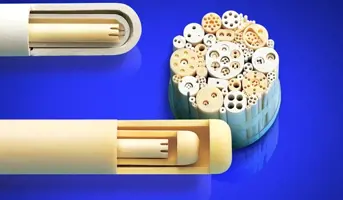
Furnace Thermocouples
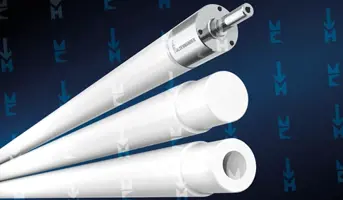
Fused Silica and Mullite Rollers
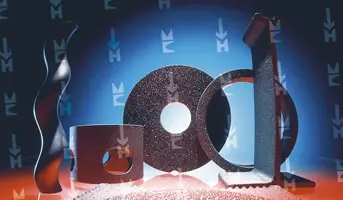
Kiln Furniture
Need more information? Start talking to us today
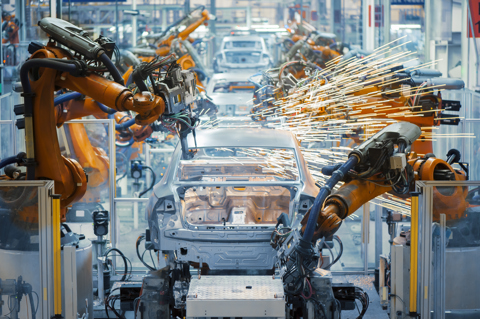
Automotive Materials
Our advanced ceramic materials offer superior dimensional stability, shock resistance, strength, stiffness and chemical resistance across a wide range of temperatures. Our pump components are used in the cooling systems in hybrid vehicles, thanks to their high wear and corrosion resistance.
Automotive Products Capabilities
Our broad ceramic offering (alumina, zirconia, silicon nitride) produced in our world-wide, vertically-integrated manufacturing facilities (from spray drying to final tolerance grinding) enables the collaborative design and production of effective, reliable, and economical solutions required by our automotive customers.

Automotive Ceramics Questions
What are the advantages of using ceramics in automotive applications?
Car manufacturing cannot afford unplanned downtime in its automated welding operations. Ceramic positioning pins reduce down-time by exhibiting long wear life enabling auto body parts to be precisely aligned during welding.
Reduced wear and ability to take higher surface pressures provides dramatic reductions in wear thus longer life, tighter tolerances and higher pressures also resulting in reduced emissions.
Dramatic reductions in seizing, sticking and wear of diesel fuel system components that operate with reduced lubricity and/or contaminated fuels and oils.
How are ceramics used in the manufacture of electric vehicles?
Ceramics that contain and reduce heat can be used to mitigate the thermal runaway within the EV’s battery pack by isolating the failure to the single affected battery. Efforts are underway to determine the economics and effectiveness of such solutions.
How can using ceramics in automotive manufacturing help increase fuel efficiency?
Tighter tolerances and higher pressures can be achieved using ceramic over traditional materials which helps increase fuel efficiency.
Related Content
Why Ceramics?
With our world-class design expertise and specialist manufacturing capabilities we work in partnership with our automotive customers to develop competitive tailored solutions to meet their long-term needs. We produce high quality ceramic components to tight specifications in quantities from one-offs to high volume production. We supply to OEMs, racing teams as well as tier one automotive suppliers.
